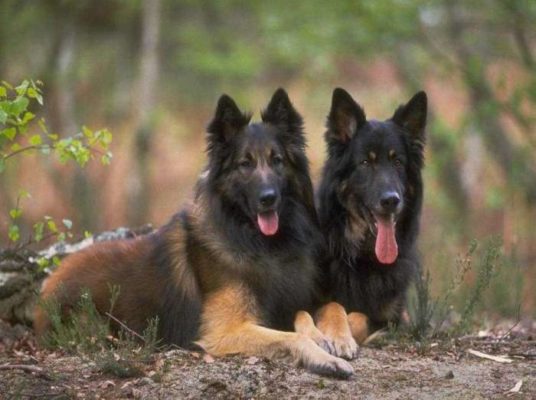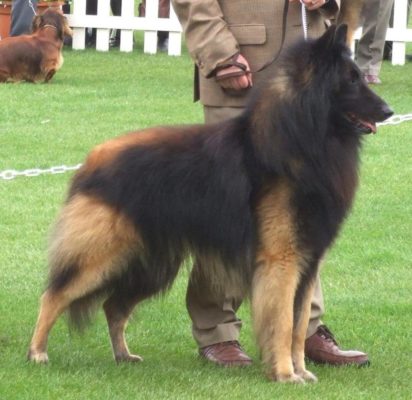Belgian Shepherd Tervuren
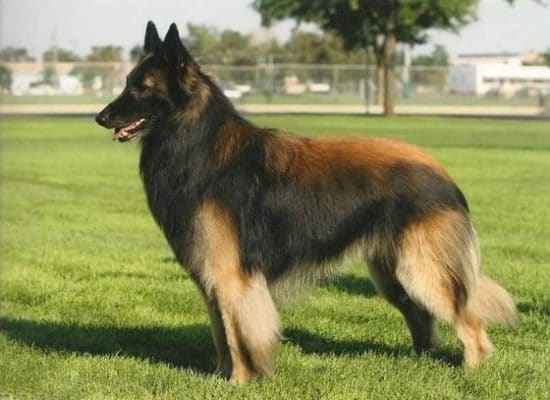
The Tervuren is known to be always on the move, rarely resting, and always alert. They get along well with other animals but may chase small dogs and cats.
Table of Contents
Breed Information
| Another Name | Tervuren |
| Origin | Belgium |
| Height | Males 61-66 cm Females 56-61 cm |
| Weight | Males 29-34 kg Females 25-30 kg |
| Fur | Dense undercoat with a long straight coat |
| Color | Red, pale, also gray with a black tint on the face |
| Lifespan | 10-12 years |
| FCI Classification | Sheepdogs and Cattledogs (except Swiss Cattledogs) |
| Group | Dogs for children, dogs for protection |
| Price | From $500 |
Breed Photos
Origin History
Taking its name from the Belgian town of the same name, the Tervuren is one of four recognized Belgian sheepdogs. The other three are the Malinois, the Laekenois, and the Groenendael. These four breed types were initially identified in the late 1800s by Belgian professors interested in a new kind of Sheepdog.
Many sources claim that the Tervuren breed’s original members were “Tom” and “Poes,” a pair of dogs bred by Mr. Corbill at Tervuren. The genuinely versatile Tervuren was used in various roles, including guard dog, shepherd dog, police and search-and-rescue dog, bomb detector, and, of course, for shows. The Belgian Sheepdog was also used extensively during World War I, acting as brave messengers. And were even one of the animals that drove ambulance carts.
In the middle of the twentieth century, the popularity of the breed increased outside Belgium. And it was in 1960 that the “American Belgian Tervuren Club” was founded. Nevertheless, in some countries, such as Canada, the Tervuren dog is considered more of a Belgian sheepdog than a separate breed.
Appearance
Like all Belgian Shepherds, the Tervuren is elegant, has medium-sized proportions, and a fairly athletic build. Although the dog looks healthy, it is never bulky. Sexual dimorphism, a trait in which males and females differ in physical conformation, is usually present. And the female has thinner features and less hair on her neck. This is because males and females have approximately the same height and weight (height – 56 to 66 cm, and weight – 25 to 34 kg).
Tervurens have an impressively thick coat whose color varies from fawn to red with a black overlay, a black “mask”, and a “lion’s mane” of thick, plush fur around the neck. As with other Belgian Shepherds, small patches of white are allowed. There are also different colors of the breed, such as gray. These are not as desirable for a show dog and are considered a defect according to the rules.
Character
The Tervuren is known to be always on the move, rarely resting, and always alert. They get along well with other animals but may chase small dogs and cats. Likewise, they should thrive with children, showing only warm feelings.
Without extra activity, the Tervuren dog is usually bored and destructive all around. Enough exercise and activities will prevent such a problem.
Care
Tervuren dogs can shed quite a lot and require regular brushing. Use a metal comb to brush your pet. Claw trims will be needed every few months.
Training
A sensitive breed that learns quickly. They enjoy varied and fun training the most. Harsh corrections or a trainer who yells and loses patience will interfere with getting positive results. Instead, a firm and relaxed approach is recommended.
The terrier dog is known to use intelligence to its advantage. It often fails to perform specific tasks or misbehaves if the owner allows it.
Common Diseases
There are quite a few diseases that Tervuren owners should be aware of. There are also several injuries this dog is particularly prone to, including traumatic dental injuries. For example, fractured canines and tail injuries. All members of the breed are prone to the following diseases:
- changes in the shape of the stomach;
- hip dysplasia;
- elbow dysplasia;
- epilepsy;
- atopy;
- progressive retinal atrophy.
Nutrition
Tervuren is undemanding in food. He is well suited to a combined diet, as well as all-natural. Make sure that his diet is balanced. High-quality food and advice from the veterinarian will help the dog’s owner in this.
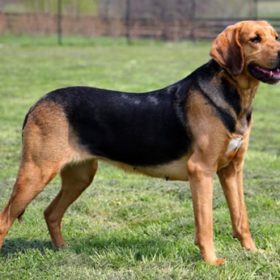 Polish Hound
Polish Hound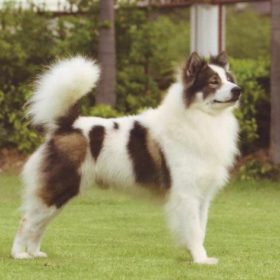 Thai Bangkaew Dog
Thai Bangkaew Dog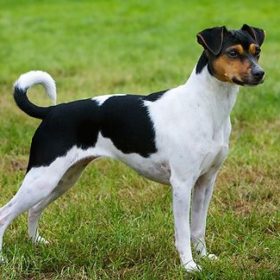 Brazilian Terrier
Brazilian Terrier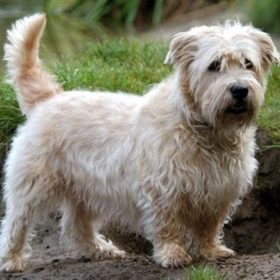 Glen of Imaal Terrier
Glen of Imaal Terrier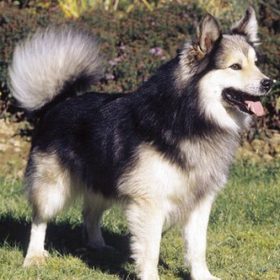 Icelandic Sheepdog
Icelandic Sheepdog Halden Hound
Halden Hound